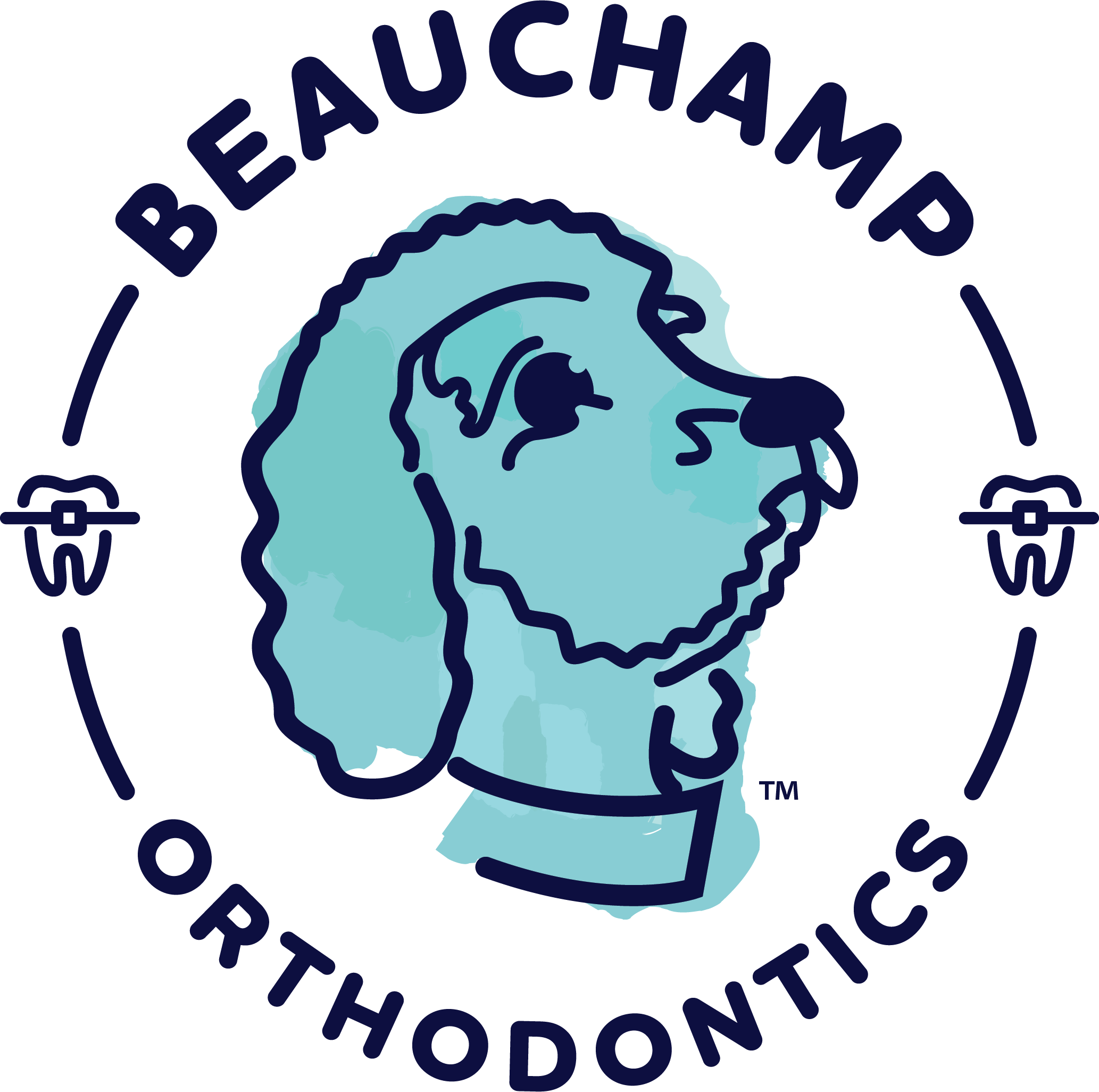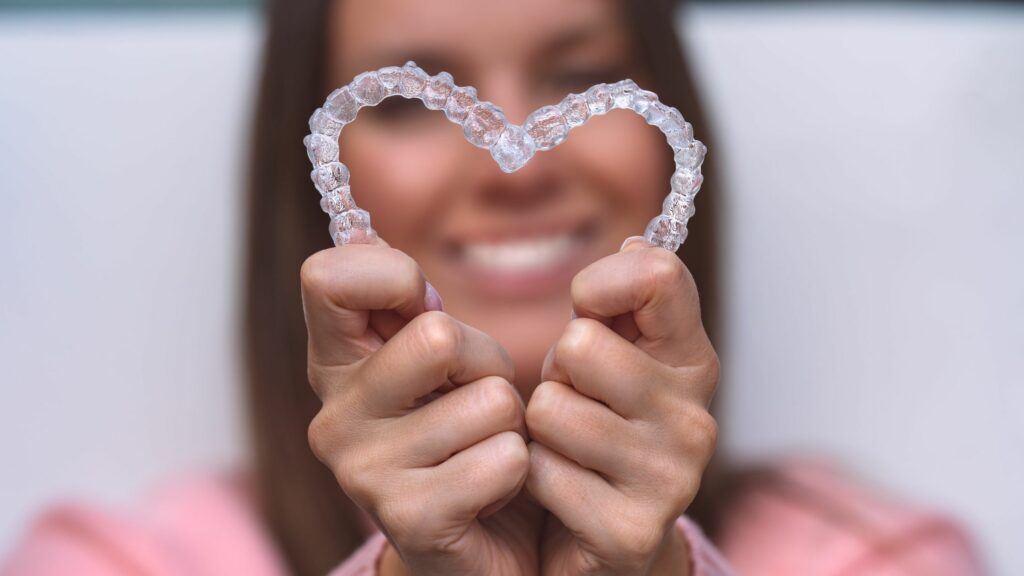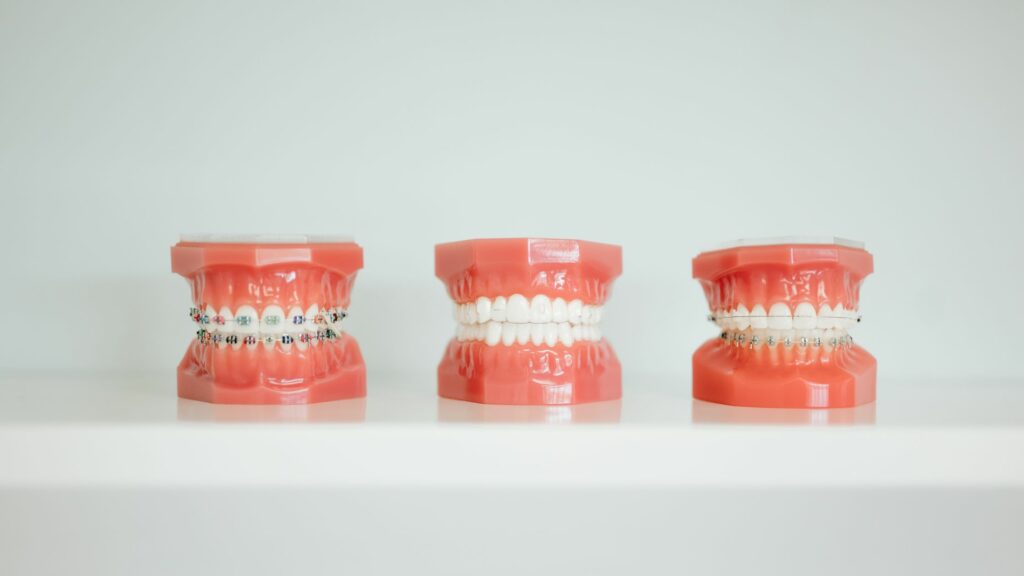Sometimes our natural teeth need a little help in keeping themselves properly aligned. There are, in fact, numerous ways in which teeth can become misaligned or suffer from “malocclusion,” and millions of people will face one or more of these tooth alignment problems at some point in their life.
Dental braces are the answer to most, if not all, tooth alignment issues of a serious nature. An orthodontist can help identify which type of braces might best fit your needs – for example, there are clear braces, same-day braces, Invisalign clear aligners, and more (apart from traditional metal braces) to consider.
But whichever specific type of braces you choose, you will first of all want to better understand the problems that the braces are designed to correct. Here are the top 10 dental problems that braces can fix.
1. Overcrowding
One major problem occurs when teeth come in too close together or are for any reason lacking sufficient interdental space between them. This is called overcrowding.
By applying gentle but steady pressure in the right direction on each tooth, dental braces can help spread teeth out properly. This is important since it can be difficult to clean between teeth (floss) that are too close together. And teeth may also rub against each other and wear down the enamel if not properly spaced.
2. Tooth Spacing
The opposite problem to overcrowding – call it “under-crowding,” over-spacing, “gappy” teeth or what you will, is no less serious a dental problem.
One common type of spacing occurs when the two front teeth have a sizable gap between them, a condition called “diastema.” This is very common in children but can occur in adults as well.
Braces can bring over-spaced teeth back together, whether it be the front teeth or any other teeth.
3. Overbite
One form of malocclusion with teeth is called an overbite. This refers to a situation when the upper jaw goes all the way or partially over the lower jaw when your mouth is in closed position.
Overbite makes one’s chin seem smaller than it really is and creates a sunk-in look of the lower jaw. It can also cause chewing problems. Quite often, braces can correct overbite, although some more severe cases may need another kind of treatment.
4. Underbite
Underbite is, unsurprisingly, the counterpart problem to overbite. It means that the lower jaw is protruding out in front of the upper jaw to some extent when the mouth is closed.
This obviously causes one’s chin and face to look a bit awkward and can make it a bit difficult to take bites and chew food properly. Again, some form of dental braces may be the answer.
5. Open Bite
Open bite typically (but not always) occurs in young children who suck their thumb or use a pacifier frequently.
Open bite means that there is a relatively large space between the upper and lower jaw in the front of the mouth. It’s not that one jaw is going past the opposite jaw but that the teeth don’t lay down straight in one spot.
Usually, an open bite is simply outgrown naturally. However, there are some instances where braces might be appropriate to use to correct open bite.
6. Midline Mismatch
Basically, midline mismatching is when the upper and lower jaws don’t lay down evenly against each other. That may be what causes the open bite, mentioned above, but midline mismatch affects the whole run of the line, not just one area in the front of the mouth.
When the cusps (tops) of your teeth are off by even a millimeter or two, it can make for a visibly distorted smile. It may also be uncomfortable and affect how you bite into food.
7. Jaw Misalignment
Jaw misalignment refers to pain and dislocation affecting the jaw itself due to some form of tooth misalignment. It is frequently the TMJ (temporomandibular joint) of the jaw that gets the brunt of the problem.
This can be a serious condition, depending on the severity, and it may take both braces and additional orthodontic or medical care to fully correct it over time.
8. Periodontal Problems
Another problem that often follows from tooth malocclusions of various types is periodontal disease. When teeth are too close together or otherwise misaligned, it can make ordinary dental hygiene more difficult.
This, in turn, may lead to the buildup of plaque and bacteria colonies in the gums. The interdental spaces and the gum line are the most common areas of attack. Braces cannot directly correct periodontal disease, of course, but removing a contributing cause of the problem will help. And you can get separate periodontal treatment as well.
9. Difficulty Chewing
As mentioned at certain points above, the various types of tooth misalignment can have a negative effect on one’s ability to properly chew one’s food. This, in turn, can lead to indigestion or even dietary deficiency problems since food entering the stomach less fully chewed may not digest as well.
10. Difficulty Speaking
Sometimes, misaligned teeth will make it difficult to pronounce certain sounds and words rightly. It may lead to a whistle or other sound coming out during speech or various other speech impediments. By correcting teeth misalignment with braces, both speaking and chewing problems stemming from it can also be resolved.
There is no doubt that dental braces have a wide range of applications to numerous tooth malocclusions and can indirectly help correct various other problems caused by misaligned teeth.
To learn more about how braces may be able to help correct your dental problems or to schedule an appointment with an experienced orthodontist who can examine your mouth and give you sound dental advice, contact Beauchamp Orthodontics today!



